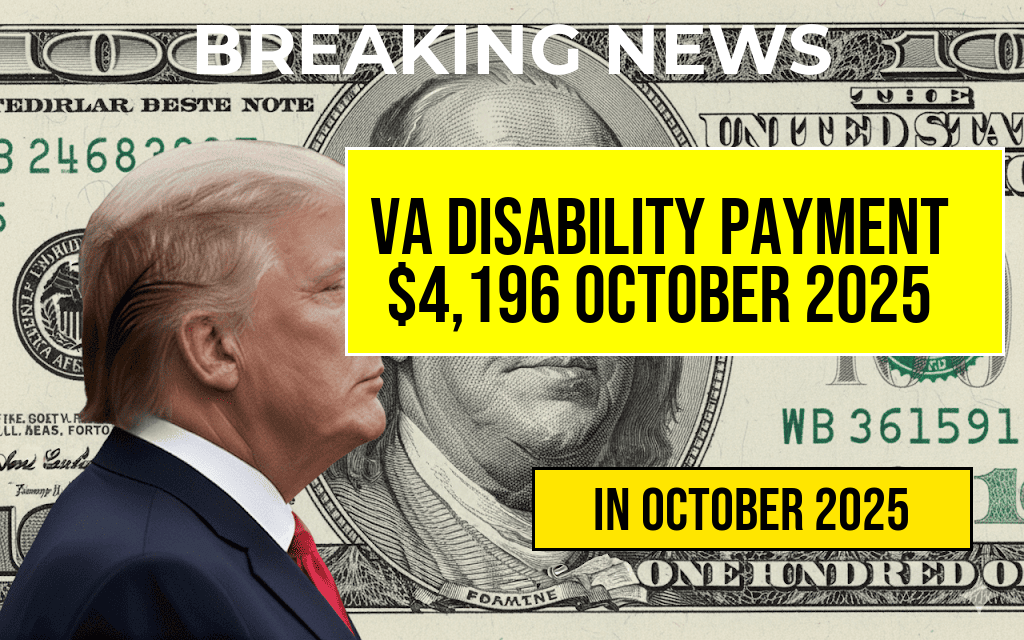Nearly half of younger American workers find themselves in a precarious financial position when it comes to retirement savings, according to a recent survey highlighting a growing crisis dubbed the “Financial Vortex.” This phenomenon describes the complex web of economic pressures—rising living costs, stagnant wages, mounting debt—that trap individuals in a cycle of insufficient savings and limited disposable income. The survey reveals that 42% of workers aged 25 to 40 report having no spare cash after meeting their monthly expenses, making it challenging to contribute meaningfully to retirement accounts. This alarming trend underscores a widening gap between financial preparedness and future security, raising concerns among economists and policymakers about the long-term sustainability of retirement systems across the country.
The Roots of the Financial Vortex
Rising Living Costs Outpacing Income Growth
Over the past decade, inflation-adjusted living expenses have surged, especially in major urban centers where housing, healthcare, and childcare costs have outstripped wage increases. According to data from the Wikipedia inflation articles, consumer prices have climbed steadily, eroding the purchasing power of everyday Americans. For many young workers, this means a larger portion of their earnings is allocated to essentials, leaving little room for savings or investments.
Stagnant Earnings and Workforce Dynamics
Meanwhile, wage growth has lagged behind inflation, especially for entry-level and middle-income jobs. The Forbes article notes that median wages have remained relatively flat since the early 2010s, forcing many young workers to stretch their earnings thin across multiple financial obligations. This stagnation hampers their ability to allocate funds toward long-term savings, including retirement contributions.
Debt Burden and Financial Priorities
Student loans, credit card debt, and auto loans contribute significantly to the financial squeeze. The Federal Reserve reports that total consumer debt reached over $15 trillion in 2023, with student debt accounting for a substantial share. For many, paying down existing debt takes precedence over retirement savings, creating a vortex where financial commitments reinforce a cycle of insufficient resources for future planning.
Implications for Retirement Security
Widening Retirement Savings Gap
The Survey of American Retirement Attitudes indicates that the median retirement account balance for workers aged 25-40 stands at just $13,000, a figure far below the recommended savings needed to sustain a comfortable retirement. Experts warn that if current trends persist, a significant portion of younger Americans may face financial insecurity well before reaching traditional retirement age.
Potential Strain on Public Retirement Programs
With fewer individuals able to build substantial personal savings, reliance on Social Security and Medicare is expected to increase. The Social Security Administration projects that by 2035, the trust fund may be exhausted unless reforms are enacted, adding pressure to an already strained system. This scenario raises questions about the sustainability of current policies and the need for comprehensive reform to bolster retirement security.
Strategies to Break the Vortex
Enhancing Financial Literacy and Planning
- Implementing workplace financial education programs
- Promoting automatic enrollment in retirement plans
- Offering incentives for early contributions
Policy Recommendations
- Increasing minimum wages to align with living costs
- Expanding access to affordable housing and healthcare
- Providing student debt relief options to free up income for savings
Individual Actions
- Prioritizing emergency savings to avoid debt reliance
- Starting small with retirement contributions and increasing over time
- Utilizing employer-sponsored plans and government incentives
Conclusion
| Parameter | Average/Percentage |
|---|---|
| Retirement account balance | $13,000 |
| Workers with no spare cash after expenses | 42% |
| Wage growth (annual %) | 1.5% |
| Consumer debt (trillions USD) | $15 |
The escalating challenges faced by younger workers, encapsulated by the Financial Vortex, threaten their ability to achieve financial independence in later years. Addressing this crisis requires a combination of policy reforms, increased financial literacy, and individual commitment to savings. Without concerted efforts, a significant portion of the workforce may find themselves unprepared for retirement, amplifying the broader economic and social implications of the current trajectory.
Frequently Asked Questions
What is the main issue highlighted in the article regarding retirement savings?
The article emphasizes a retirement savings shortfall where a significant portion of younger workers, specifically 42%, have No Spare Cash to contribute towards their retirement, creating a Financial Vortex.
Why are younger workers particularly affected by this retirement savings crisis?
Many younger workers face financial challenges such as student debt, high living costs, and limited income, which hinder their ability to save for retirement and are caught in a Financial Vortex of insufficient savings.
What are the potential consequences of a retirement savings shortfall for future retirees?
A retirement savings shortfall can lead to insufficient funds during retirement, increased reliance on social programs, and a decreased standard of living for future retirees.
What strategies can younger workers adopt to improve their retirement savings outlook?
Workers should consider starting saving early, taking advantage of employer-sponsored plans, increasing contributions when possible, and seeking financial advice to overcome the Financial Vortex.
What role do employers and policymakers play in addressing the retirement savings shortfall?
Employers and policymakers can implement better retirement plans, promote financial literacy, and create policies that encourage saving and reduce barriers for younger workers to build their retirement funds.







